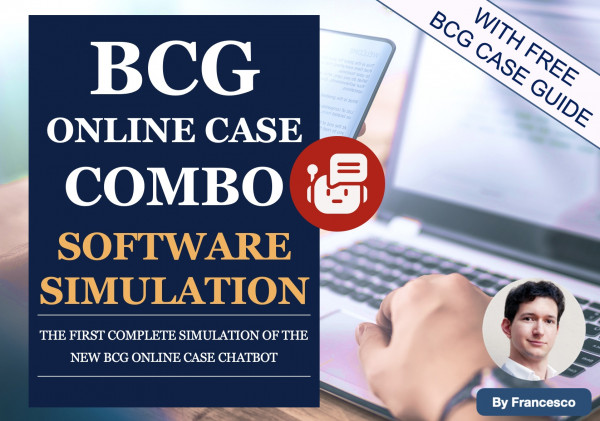Hello
I often see in all market entry cases (frameworks and Case Solutions) they list Profitability Analysis as something to be analyzed followed by Entry Strategy (esp. in case prompts that does not specify the client's preference) . I do not understand how would you analyze the cost of entry into a market prior to deciding how to enter it. Does not make sense. Merging is different than entering solo: the investment costs are different.
the logical way is to analyze the economics of the different/possible entry strategies and see which one best fits the company's $$ goal. No?















